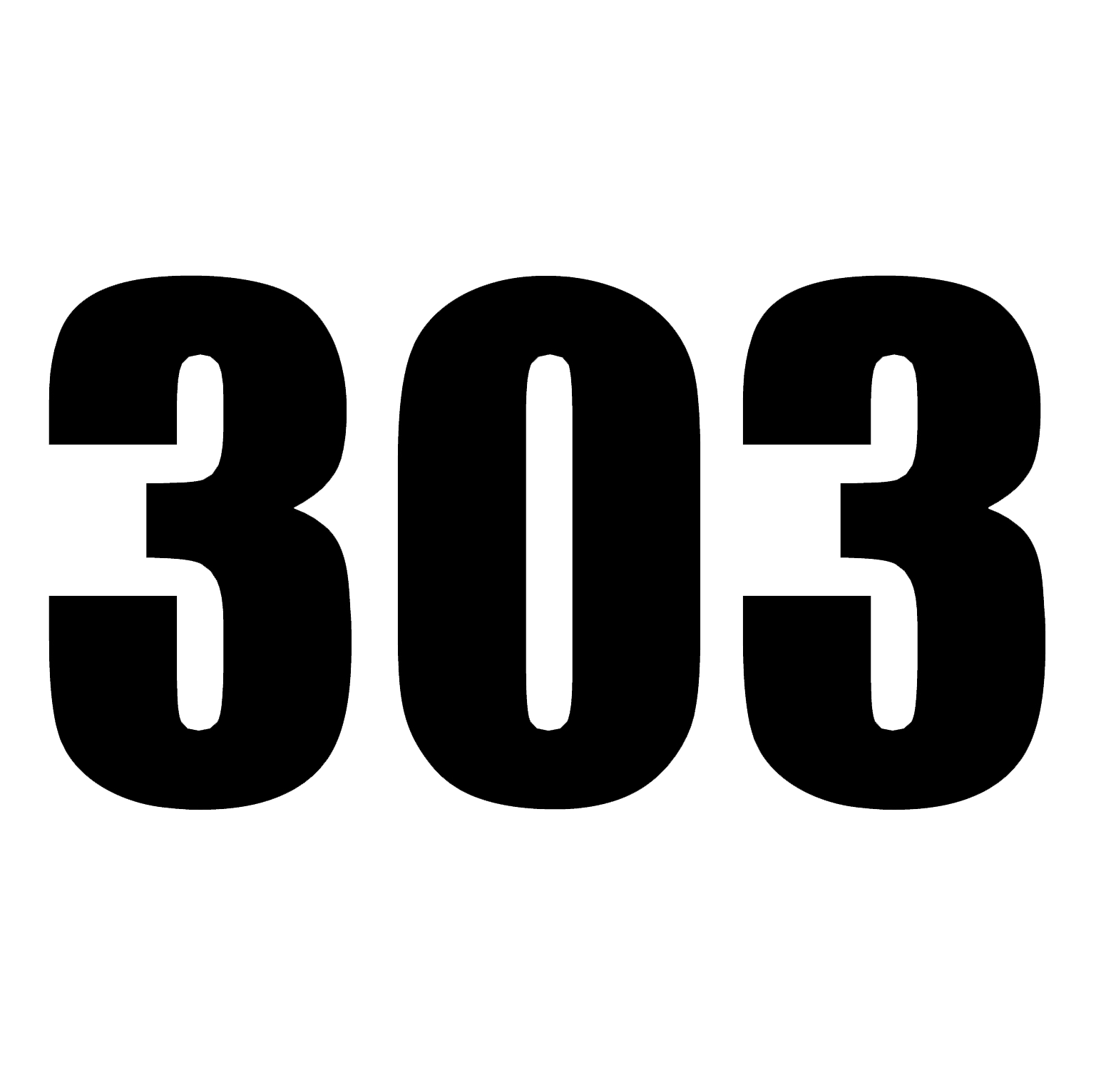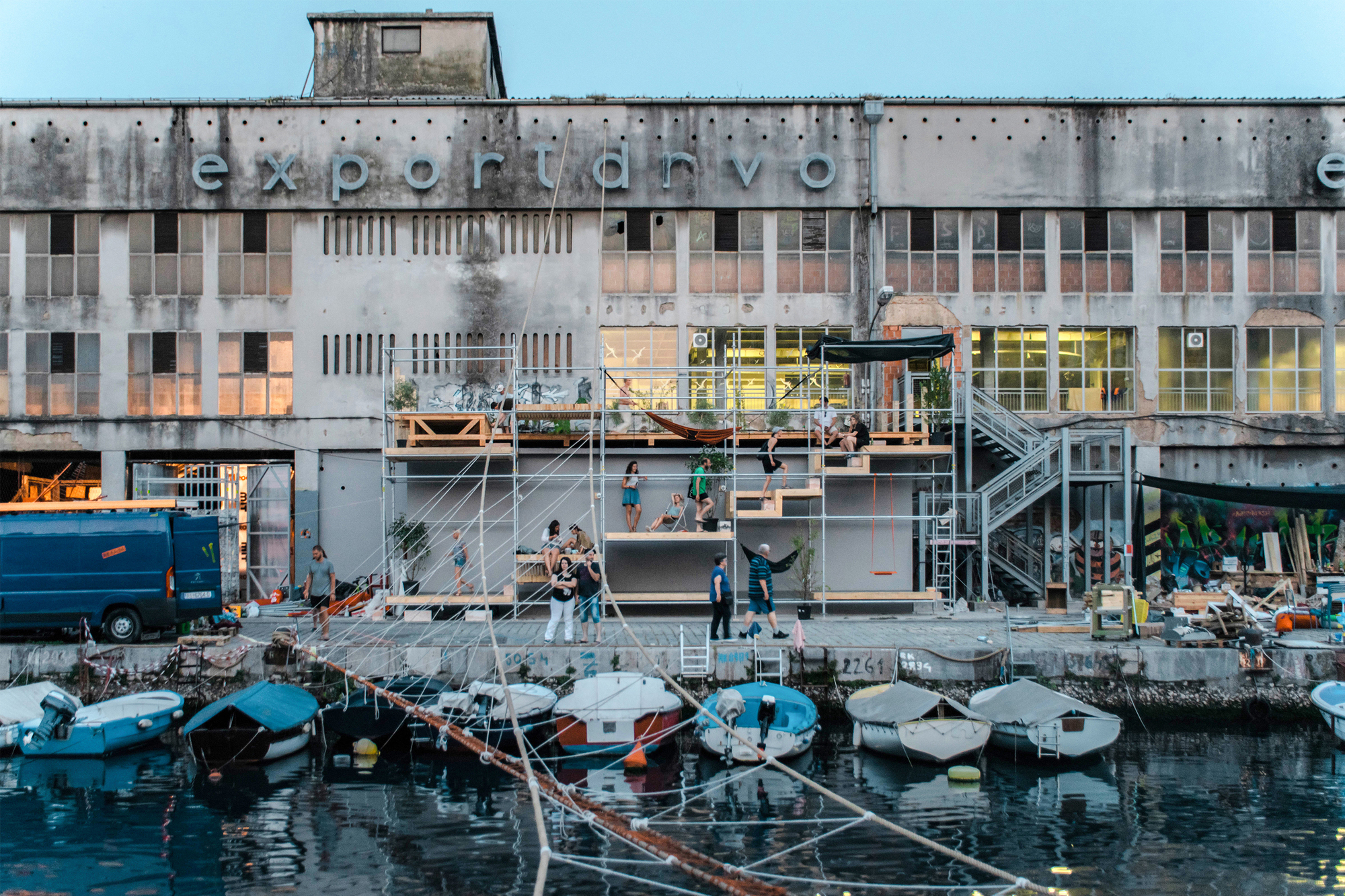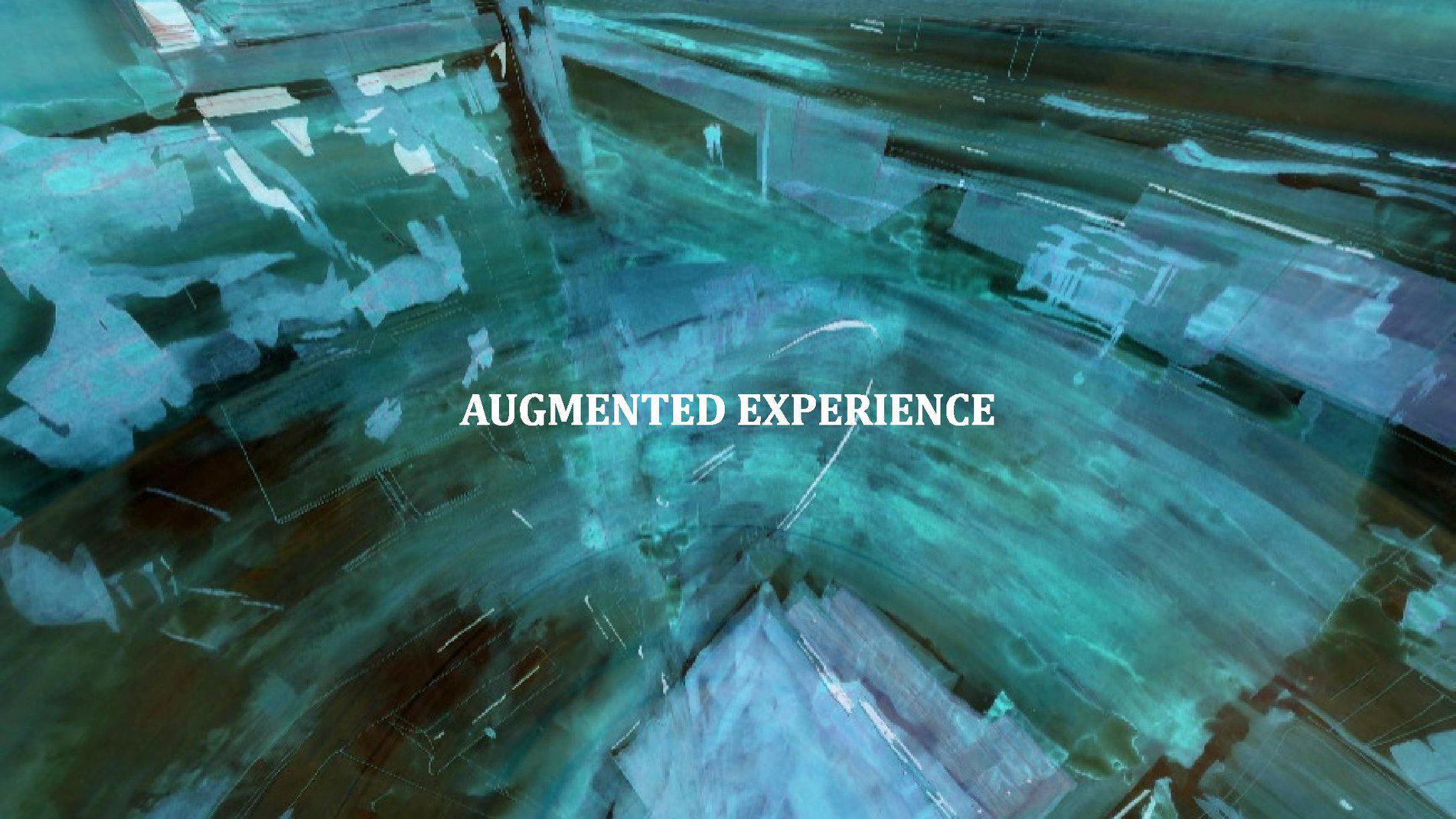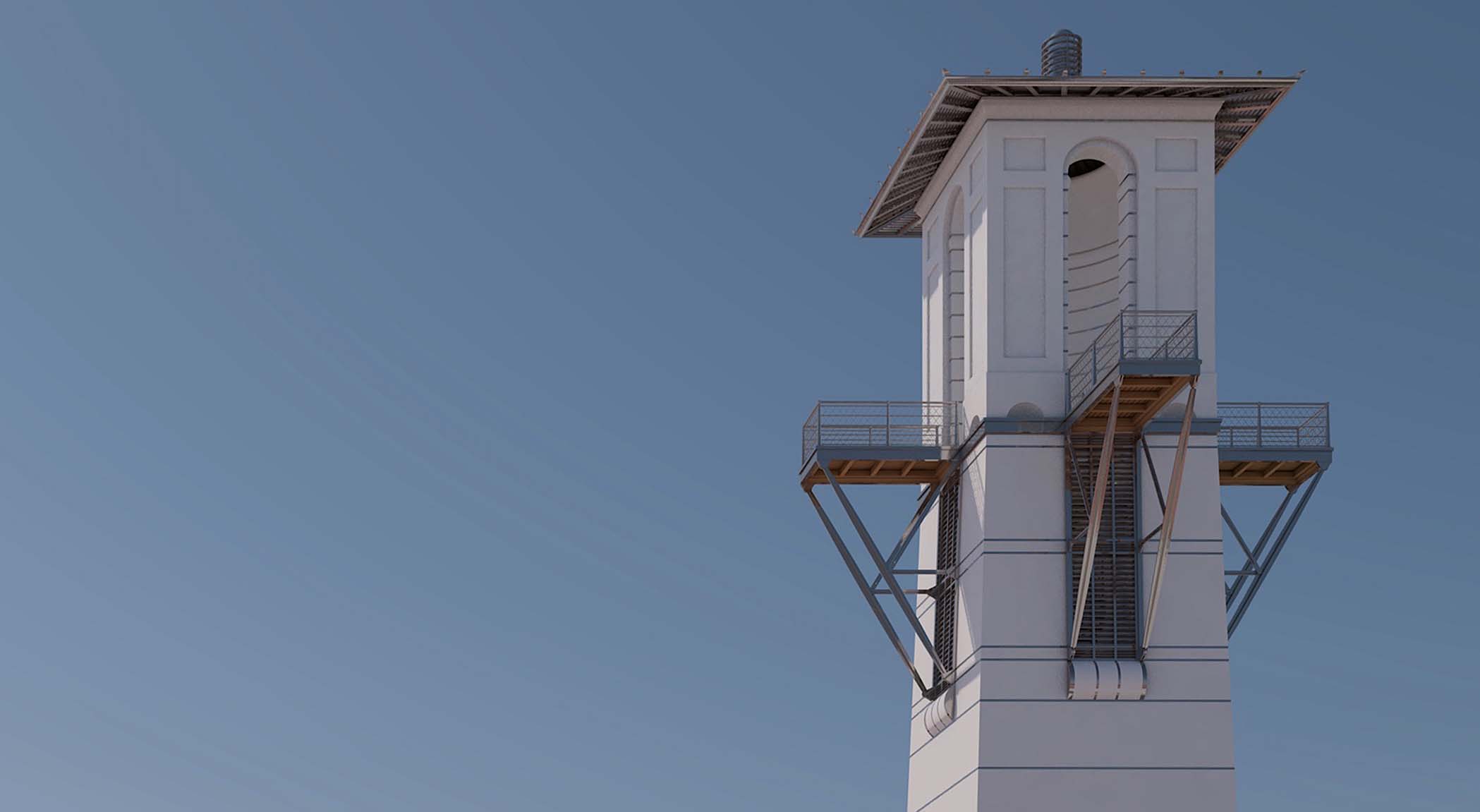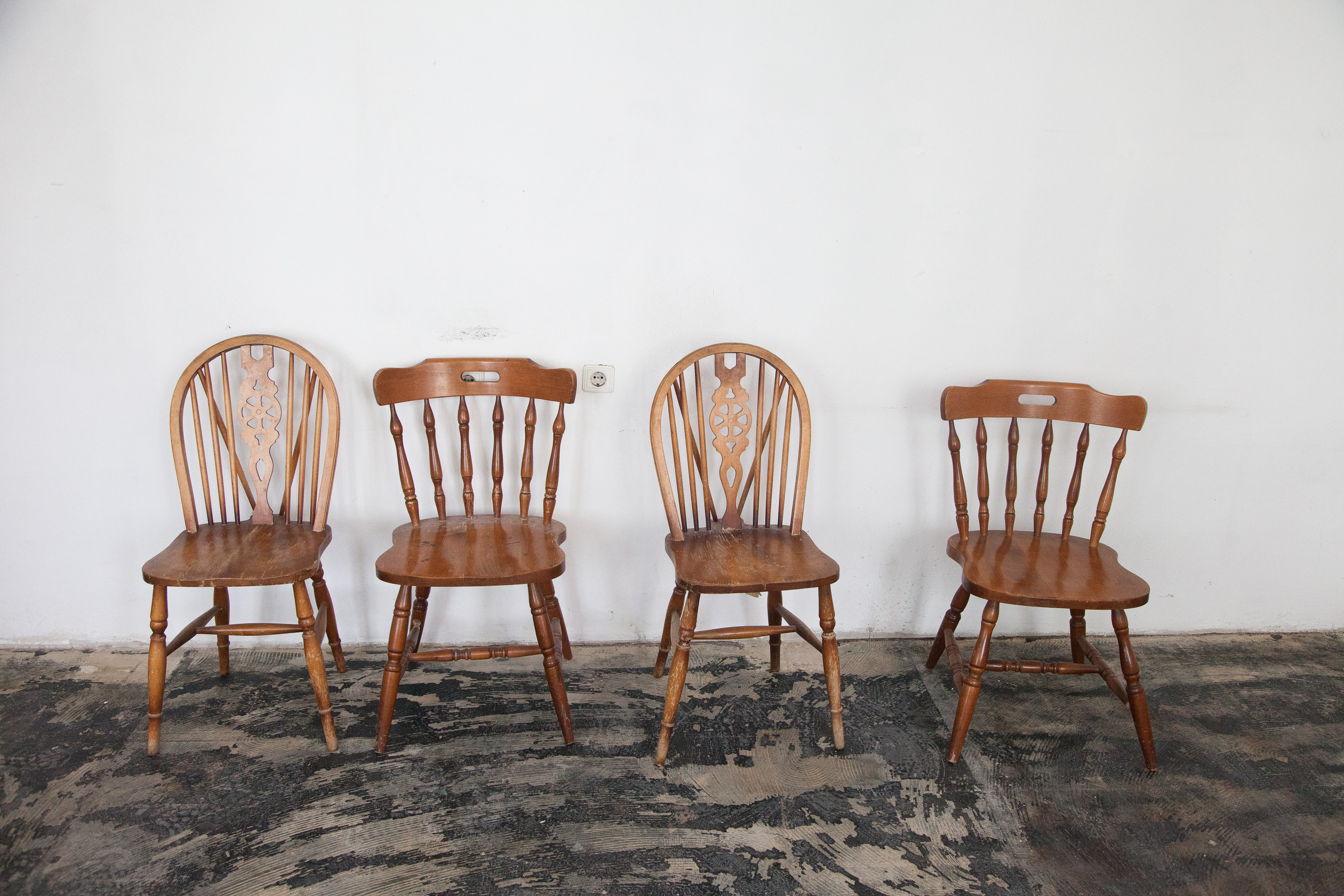Georgi Petev was born in Sofia in 1987. He became interested in photography and architecture in his late high school years. Because of the university exams he signed for a drawing course in Sofia, not knowing that it’s going to turn his whole worldview upside down. Since 2008 he studies architecture (and later on works as student-assistant) at the Technical University in Graz. Currently writing his master thesis. In 2013 he gets watercolor pencils as a present from his close friends and that happened to be that little push that all we need sometimes. These particular pencils turned to be just the reason, but not the right medium for him. The last sip of the evening coffee/wine combined with chinese ink turned for him to be a great way to illustrate topics such as architecture, entomology and mechanics (steampunk). Living and studying away from home helped him realize that he wasn’t ment to spent his life quietly settled, but in a costant movement. How exactly to do that is a question to be answered in the near future.
Your painting technique is a bit unusual. Can you tell us more about why you are using coffee and wine, how are they comparedto aquarell or other standard techniques? Also, what inspires your painting motifs?
Well, I‘m not the first one who is going a bit off the path and trying different approach or materials. Honestly, at the begining I was a bit scaredbecause my watercolor pencils were pretty saturated and if you are still learning a new technique and you have so many colors to chooseit‘s easy to mess the things up. So at the begining I used just dark grey or dark prussian blue for the shadows, which were later replaced withwater-soluble pen and after that with chinese ink.
I started buying passepartout cutouts with reduced price from the local art shop – found the idea of recycling really attractive, furthermore thepaper had always different dimensions. The coffee as medium came spontaneously – my first drawing were some typical houses in Amsterdamand one of them had a coffee-shop it`s ground floor. I thought it was kind of cool play of words and materials and it works just fine. Afterthat quickly came the next 2-3 drawings and at the side I was already trying our other materials – wine, tea, curry, juice from pomegranate. Iwas intrigued by wine because it gave always unexpected results, according to its type.
Are you perfectionist, do you work on a single piece for a long time until it’s perfect or you make it in a moment of inspiration?
Yes and no, I like to spend longer time on the drawing table, not because of the conviction that the drawing will become better if I invest 2-3more hours, but because it makes me feel happy, sometimes it gives meaning to a rainy day and you get so into it that after 6-7 hours ofwork you realize that you didn‘t move yourself from the chair. It is definitely the moment of inspiration! That‘s why when I start a drawing, I‘mtrying to finish it at the same day/night.
The idea of diversely talented artist is highly appreciated ever since Reneissance. You are interested in architecture, photography,painting, drawing and photomanipulation. Are the scope and depth of these interests the same or you prefersome over another?
It is not intentional, just because the idea is highly appreciated. Actually it ain‘t a random combination. In all of them there are some leadingrules/factors that you have take into consideration in order to achieve good results. For example, the proportion and the composition arecrucial, no matter if we speak about a bulding‘s facade, landscape photograph or a drawing. If we make an association with the cooking -these are the main products for the dish. Even without spices if you got these right the dish won‘t be that bad. The spices are pretty muchsomething subjective – without salt, or wish some more chilli – everybody decides for himself. If we go back these spices could be seen ascolors, light or even the topic of the drawing or the architectural style.They are all intertwined – even if you are at the first drawing phase you are already trying to imagine how would the result look like as part ofthe interior or just what kind of atmosphere it will bring.
In this age of tehnology, is handdrawing still essential for architects?
You nailed it with that question! Of course, it is! Younger architects should first learn to think with their own heads, and the easiest way toexpress you thoughts graphically is the sketch. That‘s why almost all ot architectural facilities in eastern Europe have 2-3 admission exams indrawing. It‘s just the best way to start a project or to explain your ideas in front of the educator, or the client. Of cource, if you want to becompetitive you have to digitalize your ideas, so that the design looks complete, but it isn‘t really a part of the design process.
Describe an ideal interior for one of your paintings, hanging on the wall?
They all have something ‚trashy‘ in them, so I‘d say a loft-appartment at the last storey of a old tobbaco warehouse. I imagine it/them on aexposed brick wall in a well-lit interior space.
Interviewer: Ena Kukić, second year of Master studies, Technische Universität Graz
Interview was published in the fifth issue of Tristotrojka.
